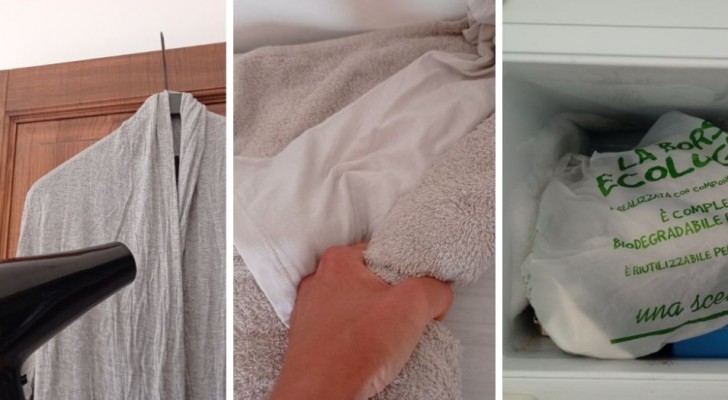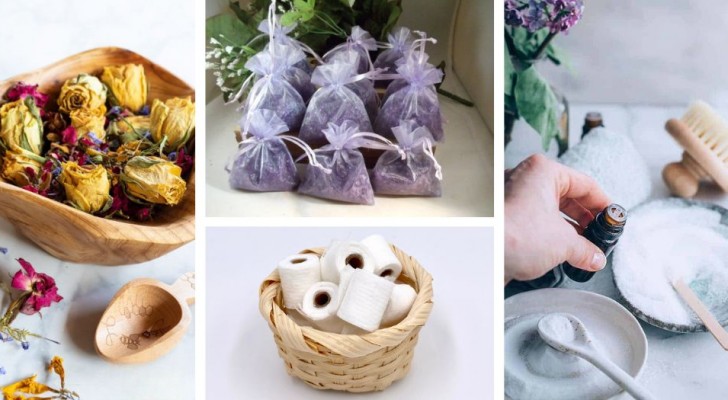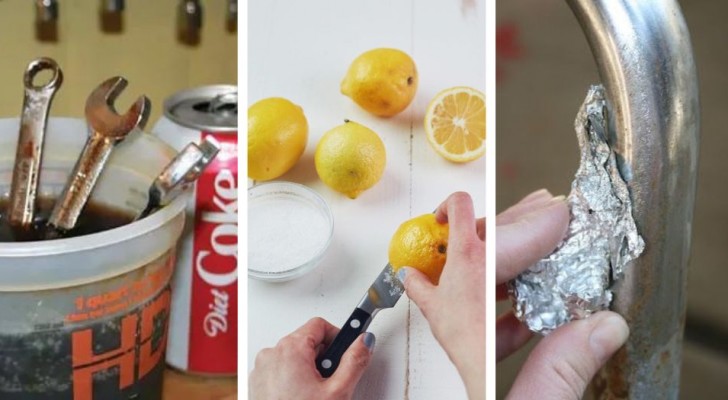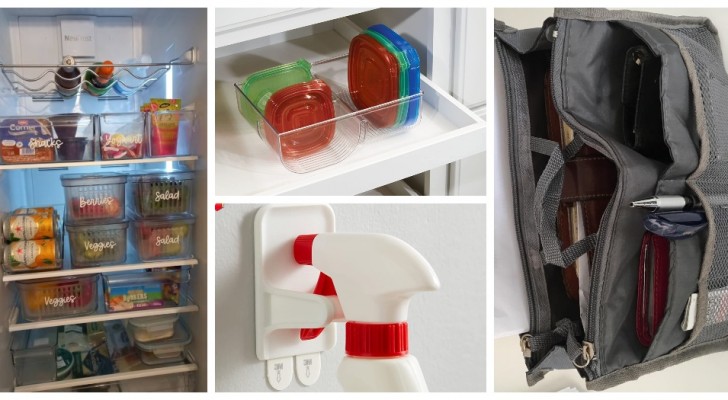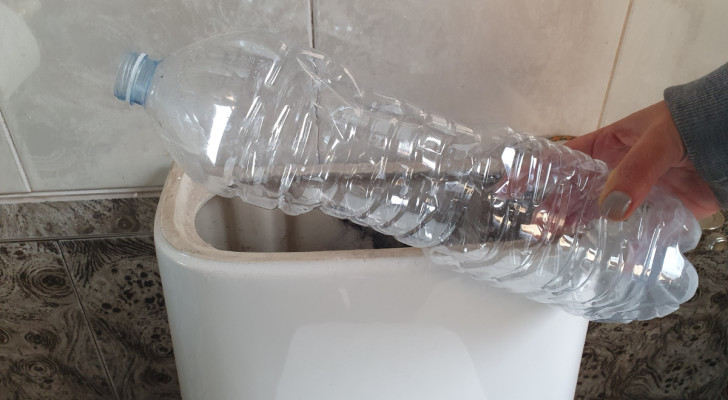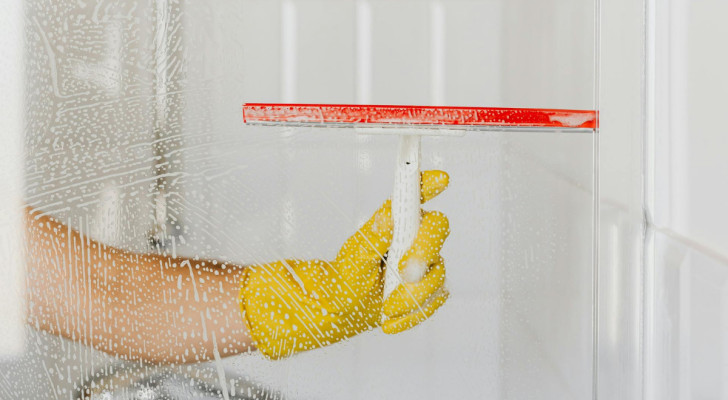3 simple and effective ways to age metal objects
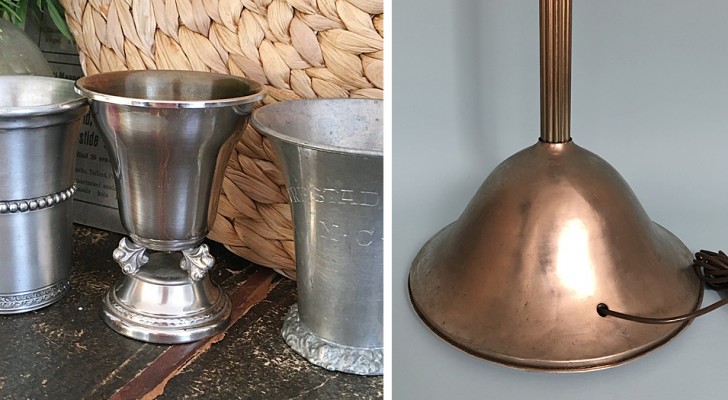
Until a few decades ago we would never have imagined to furnish a home inspired by the industrial style, that of factories in the heart of big cities. Yet today the "industrial" style is very much in vogue, especially among the new generations who furnish homes.
The main element of the industrial style is clearly the metal that can be finished or “aged” to recall even more the feeling of lived and worn out of factories.
In this article we will reveal the tricks to obtain the aged effect of the metal, to give a touch of personalisation to the exposed beams of your industrial loft, or that will come in handy on all those occasions when you want to get an antique effect on your metal parts.
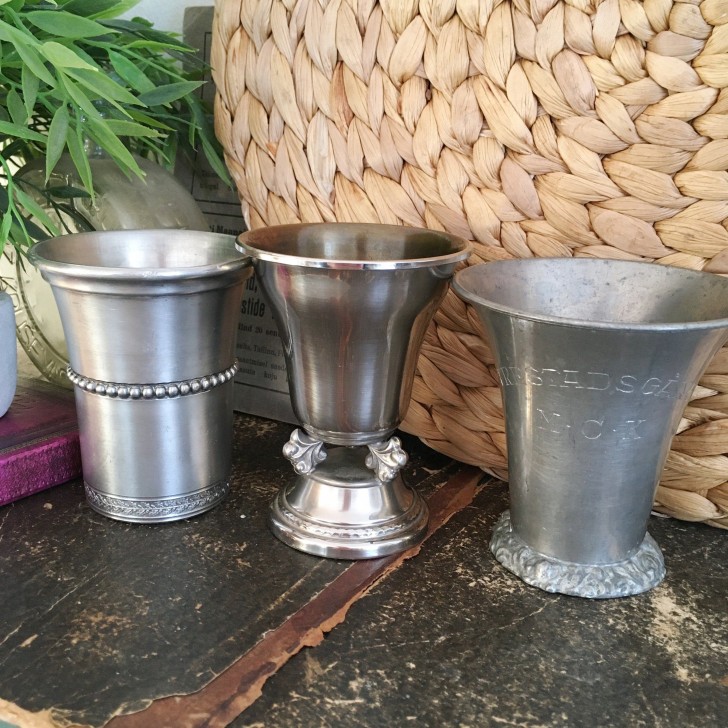
Now is the time to roll up your sleeves and learn more about ways to age metal in just a few steps. In this article we show you 3 tricks: metal can be aged using
- Some paint
- A solution of apple cider vinegar and salt
- Of the acid.
Choose the one that's right for you taking into account your source material and above all the degree of experience you have.
Aging the metal with paint.
This is the simplest way to give metal objects an aged look. Just get some opaque acrylic colors (black, gray and / or bronze depending on the effect you want to achieve), 80-grit sandpaper, a sponge brush or sponges for painting, white spirit (or vinegar) and of course all this. you need to protect your work surfaces.
Start by passing the sandpaper over the metal object: choose a coarse texture, which will notch the surface well and take away the most superficial layer - the 80 grit will be fine. Pass the sandpaper to remove the shiny layer, until you feel the surface rough to the touch.
Once finished with the sandpaper, you will have to remove all the dust and dirt from the metal object. You can help yourself with some cloths and finally with a coat of white spirit or vinegar, to make sure that the acrylic paint you are going to apply later will adhere perfectly.
Now the time has come to apply the paint: spread the matte black on a palette and after wetting and wringing the sponge brush (or sponge) in the water to soften it, take some colour and start spreading it on the surface of metal: you can tap the brush or give vertical strokes, the important thing is that on the whole the strokes are irregular. Dedicate yourself to every part of the object, especially in the cracks and on the details.
Now you have to wait for the acrylic colour to dry perfectly: consult the drying times of the product you used or, if you are not in a hurry, leave the color to dry overnight.
Warning! Apply the paint in a well-ventilated environment and leave the metal object to dry in an environment with air circulation.
Once the first coat of color has dried, it is time to create the details of the aged effect. To do this, we recommend that you take as a reference the image of some ancient metal object that you can find on the internet, so as to take the color texture as an example. You can get the antique effect by tapping grey on black, or bronze if you want to get a warmer effect. As with black, you can indulge yourself with the color areas, the important thing is that overall the brushstrokes are "messy" and not uniform. Now you have to wait again for the second coat of color to dry.
To complete your work, you can sand the metal object again, in order to accentuate the antique effect. We recommend that you sand the edges and corners. Once you have finished this step, eliminate the dust that has been created and your aged metal object is completed!
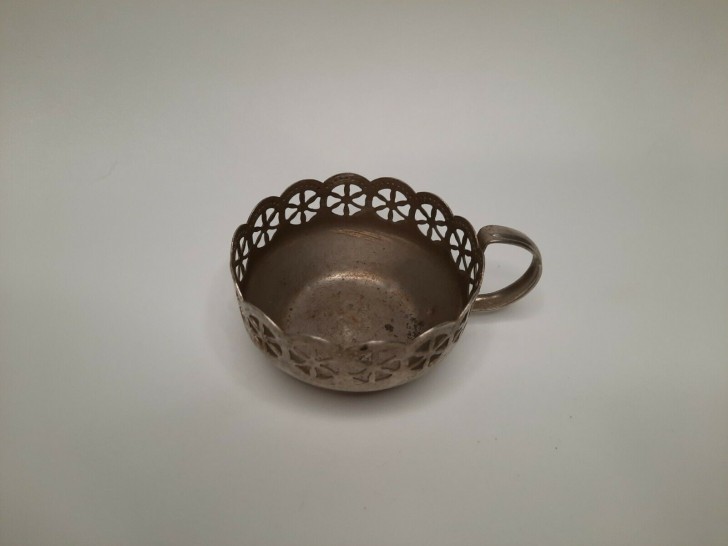
Aging the metal with an acid cleaner.
This technique is recommended for those who have skill in the use of very dangerous chemicals: in any case it is necessary to equip themselves with personal protective equipment (protective gloves and eye protection visors), and protection for the work environment.
Before using the acid product, read its safety data sheet.
To proceed with the aging of the metal with this technique, it is necessary to obtain an acid detergent based on hydrochloric acid, used for example for deep cleaning the toilet, coarse sandpaper (80) and a steel sponge for dishes.
First, pass the sandpaper all over the object to remove the glossy layer; stop when the surface is rough to the touch and dull. Eliminate all the dust that has been created.
Now, put on gloves and visor, protect the surface on which you will work, then pour the acid all over the metal object: make sure that every part of the object is reached by the acid. Making sure you are wearing gloves correctly, take the steel sponge and rub it on the object to be aged.
At this point, wait for the acid to act on the metal: it may take more than 30 minutes, in each case you should be able to observe the metal that "ages" as time passes.
Once the desired effect has been achieved, rinse the object thoroughly with plenty of water. Once you are certain that you have eliminated the acid cleaner, you can dry your aged metal object.
And voila, now your metal object is covered with a white patina typical of ancient metals!
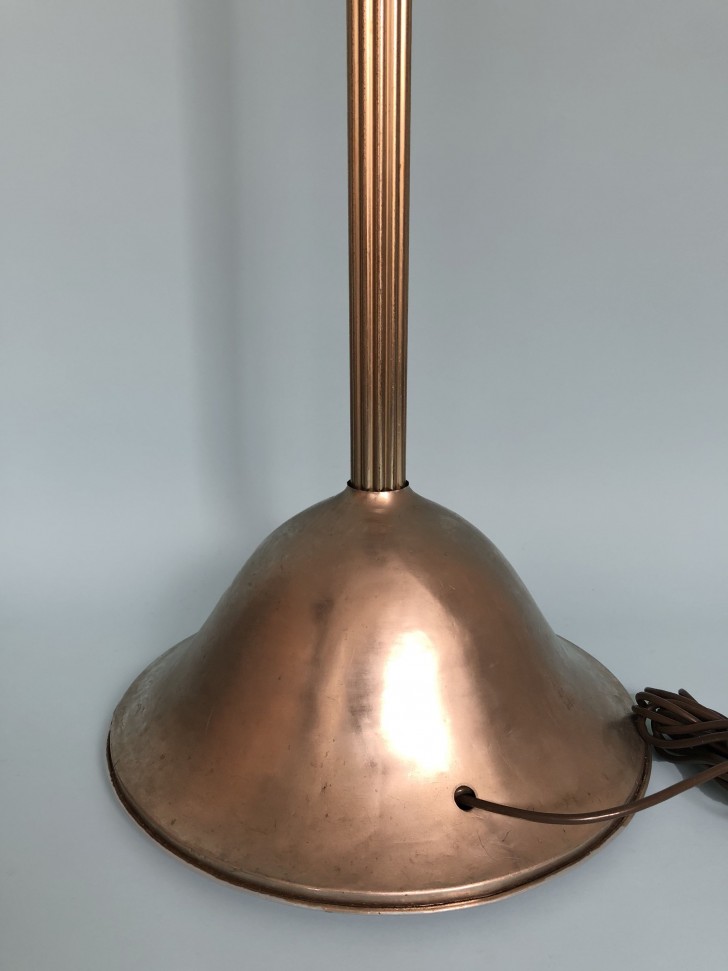
Aging the metal with apple cider vinegar and salt.
This technique is also one of the "housewives" techniques for aging metal. With these ingredients you can age bronze, copper or brass objects, obtaining those greenish spots that cover these objects when exposed for a long time to air or brackish water. What you will need is only apple cider vinegar and non-iodized (sea) salt.
Prepare a solution of ¾ of apple cider vinegar and ¼ of sea salt and transfer it to a spray bottle. Spray the solution all over the object you want to age, wetting it again as it dries. Keep it wet for at least 30 minutes. If the object is small, you can completely immerse it in a basin with the vinegar and salt solution.
After 30 minutes of soaking or soaking in the air, leave the object to dry in the open air for a few hours or the time necessary for the green patina to form.
Make sure that the object is completely dry, at this point you can seal the patina by spraying the object with lacquer: in this way the patina will be maintained over time without undergoing alterations.
In this article you have learned to age your new or shiny metal objects, obtaining stains of colors or patinas typical of metal objects worn by time. Aging metal is a way to give a finishing touch to an industrial environment or in any case to give value to your metal objects by making them look like antiques.
A little curiosity. Do you know how the industrial style managed to conquer the field of interior design? It all started in the 1950s when numerous offices, industries or small factories were found empty and were adapted for residential purposes, maintaining large spaces, exposed metal elements and a basically dark color palette.
Urban style - another term used to refer to the industrial style - is very much in vogue nowadays, but to recreate it you need to keep some aspects in mind. The risk is to create dark, not very bright environments, due to the tendentially dark colors of the furnishings (dark metal and dark woods): for this reason, a recommendation to remember is that of not letting the rooms lack points of colour, as well as points of scattered light. Play with the colours with the upholstery of the furnishings (sofas, armchairs, beds…) and the curtains and cushions, in order to create a fun contrast that brings light and warmth. Also for lighting it is recommended to choose low intensity but numerous light points: opt for lamps, small bright decorations in order to illuminate every corner of your home!
And now, all you have to do is age your metal objects to better marry the industrial style!
